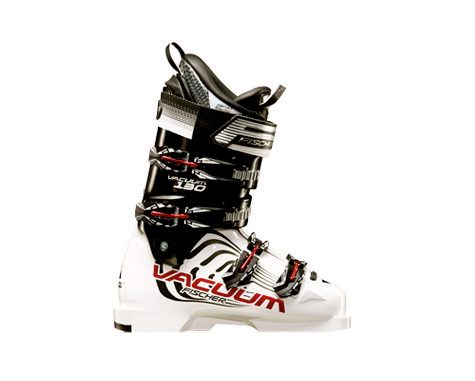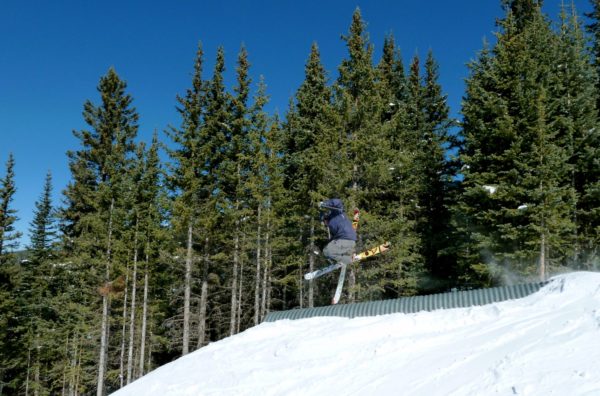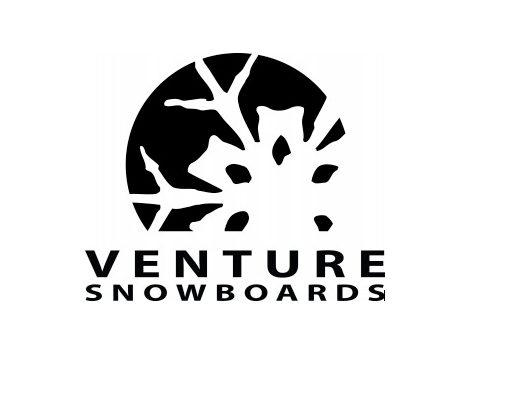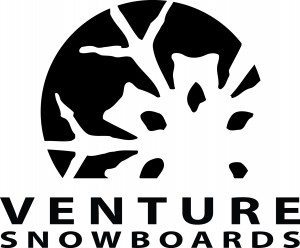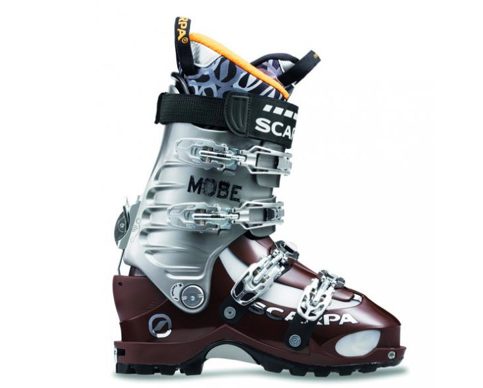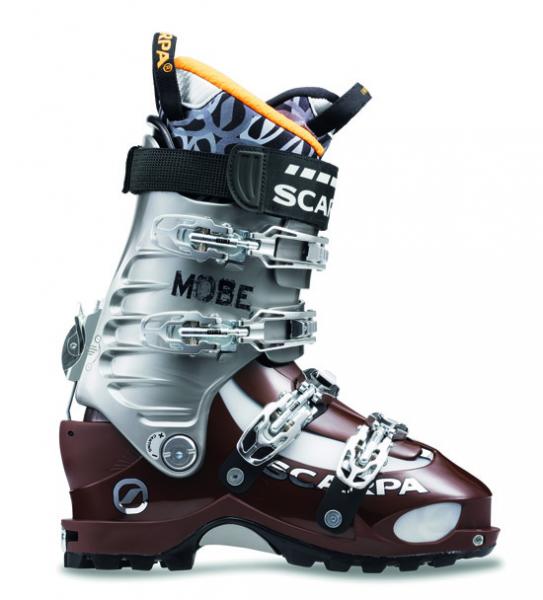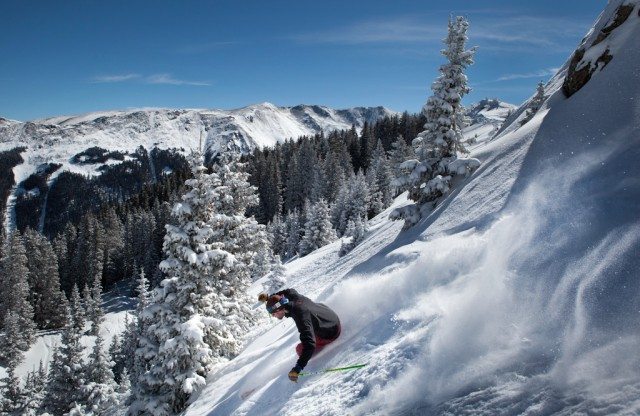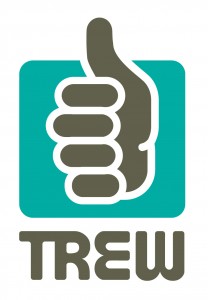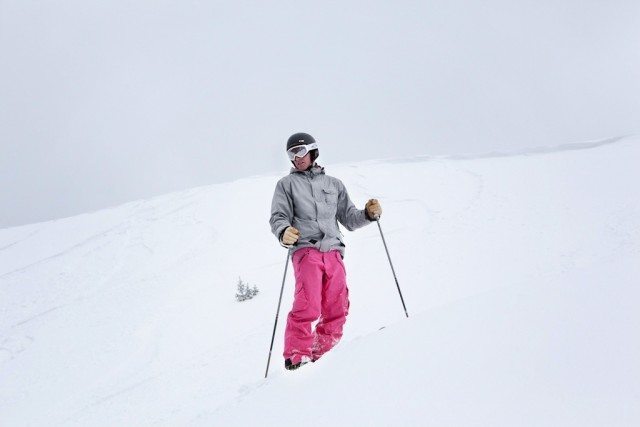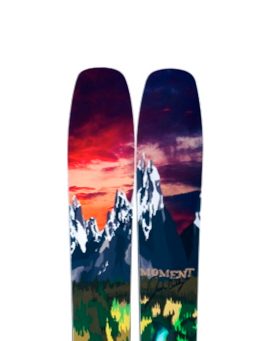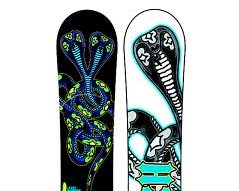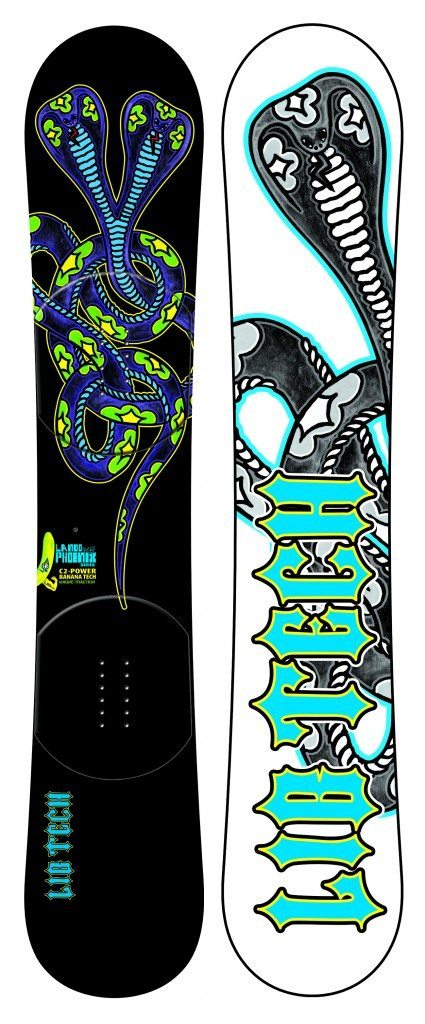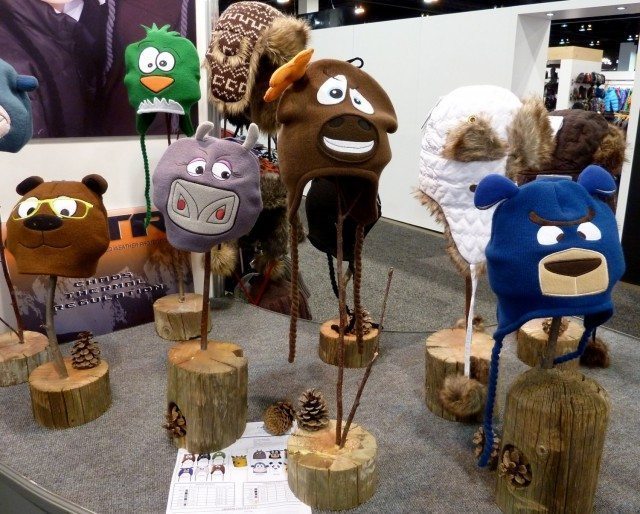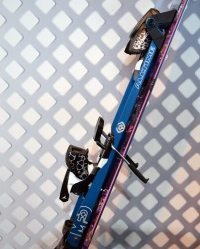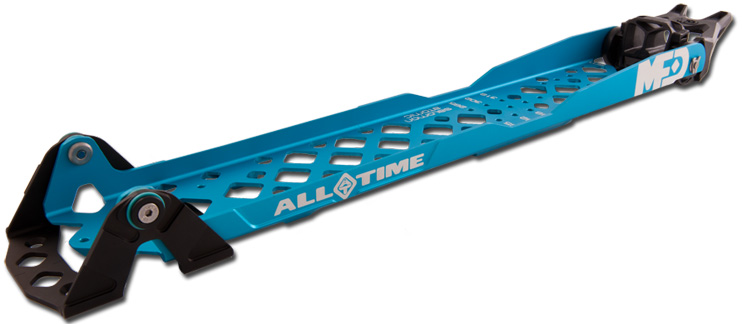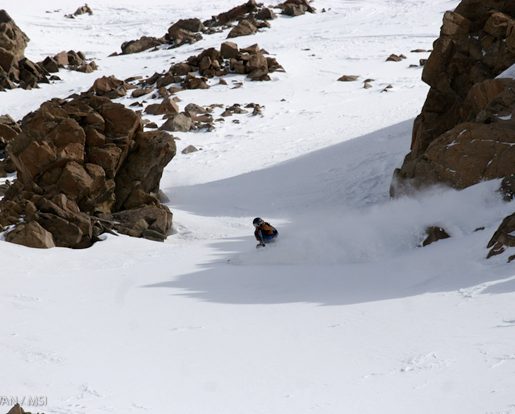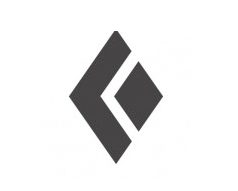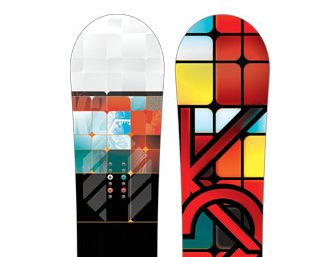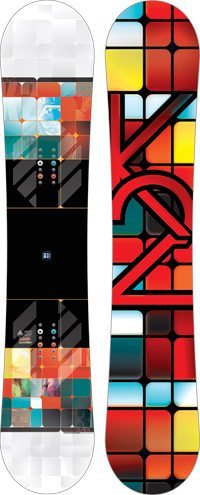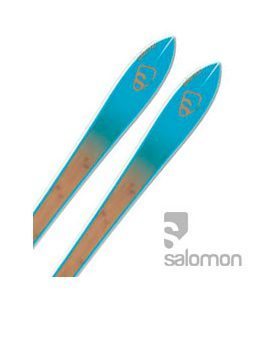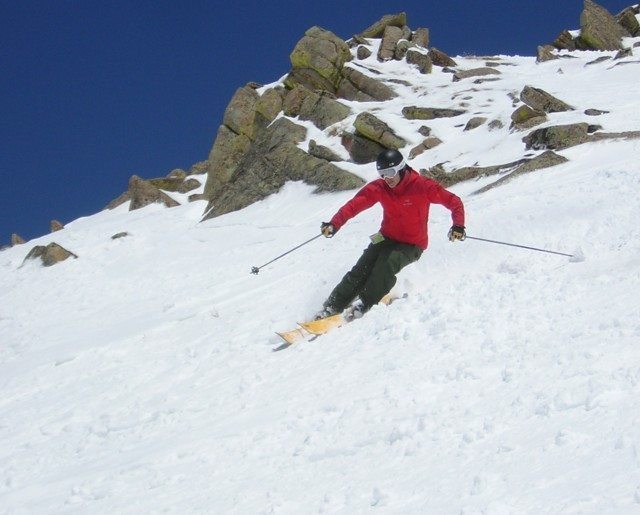
Ski: ON3P Jeronimo, 181cm
Dimensions (mm): 126-96-120
Turn Radius: 21.4 meters
Actual Tip to Tail Length (straight tape pull): 181.5cm
Boots/Bindings: Atomic Nuke / Marker Jester, DIN at 9
Mount Location: manufacturer’s mark, -3cm from true center
Test Location: Taos Ski Valley
Days skied: 8
[Editor’s Note: Our review was conducted on the 10/11 Jeronimo, which was not changed for 11/12, except for the graphics.]
First of all, let’s get it straight: ON3P is pronounced, “Oh-Ehn-Three-Pea,” and it is the name of a small, independent ski company out of Portland, Oregon. I’ve spent a good amount of time on these skis the last three weeks, and a number of people have said things like, “Sweet ONEPs” (“Oh-Neps”). At first I was confused. Then they were confused when I said the name properly, and looked at me like I was a snowlerblader. Fortunately, while the name ON3P is strange, the Jeronimo is a burly, well constructed ski for advanced skiers who know how to handle themselves in all kinds of terrain.
Do NOT buy these skis, however, if you don’t want to field questions from strangers all day. The Jeronimos definitely draw a lot of attention and a lot of comments.
The bindings were mounted at factory recommended, just three centimeters back from a true center mount. I had to get used to keeping my weight a little more centered rather than forward, and when I did, the skis started coming around better and I wasn’t working as hard to turn them. The Jeronimos don’t have a ton of sidecut, do have regular camber underfoot, and rocker out at the tip and tail. I know what you’re thinking: They sound awesome.
The ski is advertised to be for someone who charges the mountain all morning, then laps the park in the afternoon. Since the snow conditions were variable for the first few days I had on the Jeronimos, I started out with them in the park. I found the Jeronimos to work well there, and the only thing missing was that I didn’t feel like I could pop off the tails very well. Thanks to the forward mount, skiing backward to switch take offs are a breeze, and the skis felt very comfortable and balanced in the air. However, I can’t say that I would recommend the Jeronimo if you spend the bulk of your time in the park. These are a pretty beefy ski with fairly stiff tails, so they are really meant to be used in a different way (I’ll get back to this at the end). And unfortunately, I wasn’t able to take them into a half pipe, which is generally my favorite feature. But based on how the Jeronimos perform on icy snow, I can’t say that I’d be super excited to ride 22 foot walls of ice on them.
After the next snowfall, I finally got to see what the Jeronimos could do around the mountain. The first time I got these in some soft snow they came alive. These things crave soft snow, and they plow through tracked up, skied out soft stuff. My best day on them came Three days after a storm in Taos. I was skiing with a couple of Squaw Valley rippers who were out visiting. Eager to show them what Taos has to offer, we headed straight for the West Basin ridge, finding pockets of untouched snow, and fun straight lines all over the place.

